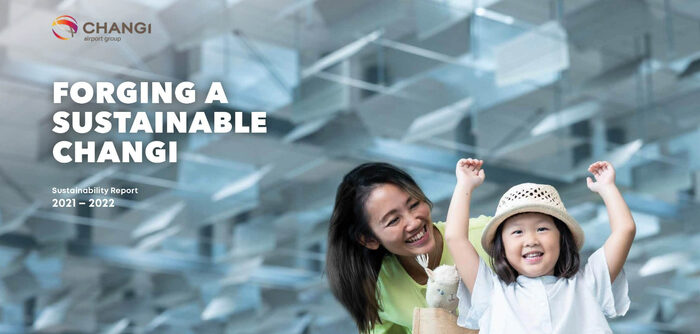Changi Airport Group (CAG) has released its sustainability report, Forging a Sustainable Changi, which outlines its sustainability approach and outcomes from the financial year ending March 31, 2022.
The report covers CAG’s activities across its four passenger terminal buildings, its air freight center and the aircraft operating areas. In the report, CAG committed to cutting carbon emissions while improving resource efficiency. Moving forward, the company plans to cap absolute carbon emissions at 2018 levels until 2030, even with the growing number of passengers that Singapore’s Changi Airport is expected to serve in the years ahead. The airport operator will strive towards achieving net zero by 2050 using new technologies and increasing the adoption of renewable energy.
CAG is also assessing the impacts of evolving climate factors, such as rising ambient temperatures and greater rainfall intensity. Climate risks are mapped up to 2050 for airport-wide adaptation and solutions are being developed to address them. For instance, in response to increased rainfall, CAG has expanded Changi’s drainage network and installed sensors linked to a real-time data dashboard for better flood risk management.
In addition to improving chiller condensate and wastewater recycling capabilities, CAG has decreased its overall water consumption by 5.9%. To achieve this, Changi reduced its use of potable and non-potable water, ranging from toilets and building cooling systems to irrigation and cleaning. The company also diverted 11% of its waste from incineration by reducing waste at the source, encouraging good recycling practices and implementing effective waste collection systems. In its efforts to use resources more efficiently, CAG has upcycled building materials and composted horticultural waste.

